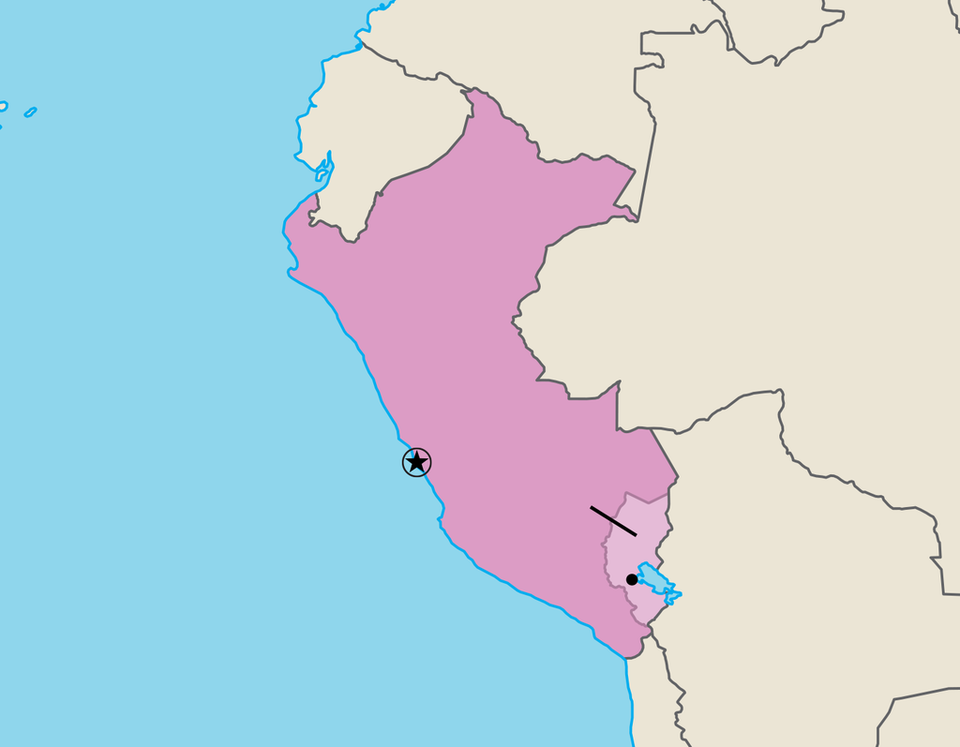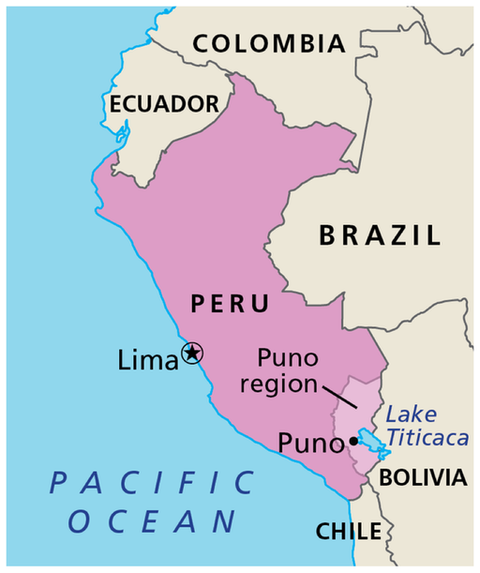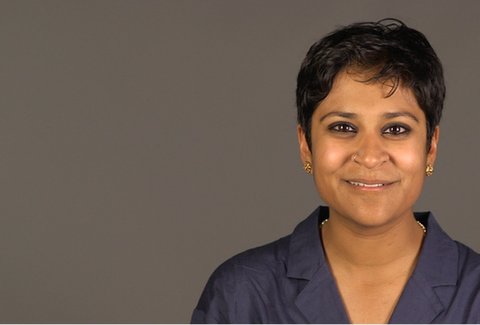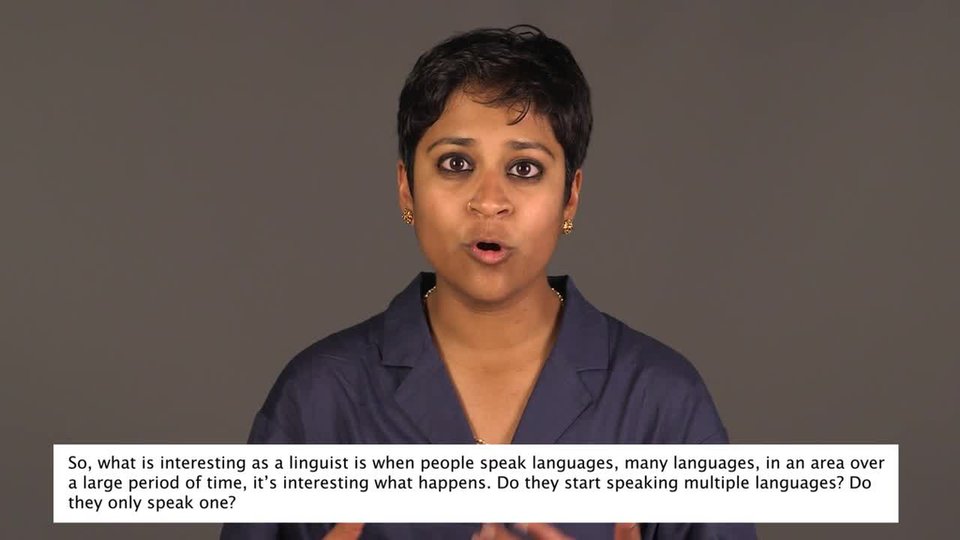IgrewupinCanadaandintheUnitedStates.Ialwayswasinterestedinlanguages.InthecommunitieswhereIlived,manylanguageswerespokenallthetime.Ilovelanguagessomuch,Ibecamealinguisticanthropologist.That’sapersonwhostudieslanguagesfromaroundtheworld.I’minterestedinhowlanguagesareusedandhowtheychange.AndIlovehowtheyconnectustothepeoplearound us.
OnedaywhenIwasincollege,Ihadacrazyidea.Wouldn’titbeinterestingtodiscoveranewlanguage?Iknow.Itsoundscrazy.Yet,it’s possible.
Languagesdon’tstaythesame.Overtime,theychange.Sometimesanewversioniscreatedthatisnotlikeanythingthathaseverbeenspokenbefore.Tofindit,youhavetobeattherightplaceattherighttime.IhadanideawhereImightlook:Peru,inSouth America.
InPuno,aregionofPeru,peoplespeaktwoindigenouslanguages.Thatmeansalanguagethatisnativetoaspecificplace.Puno’slanguagesareQuechuaand Aymara.
Youheartheselanguagesinthemarketandatcelebrations.ButIwonderedif,overtime,QuechuaandAymaramighthavemeldedtobecomesomething new.


Learn a little Quechua or Aymara.Try these useful words and phrases:
Quechua:
Imanaylla kashanki?
(i-ma-naa-ya ka-shan-kee)
Aymara:
Kamisaraki
(ka-mee-sa-ra-kee)
English:
Howare you?



PunooverlooksLakeTiticaca,thelargest,deepestlakeinthe Andes.
LivingtheHighLife
Totestmytheory,Ipackedmybackpackwithnotebooksandmybestaudiorecorderand microphone.
InthesouthernmostpartofthePeruvianAndesistheAltiplano.InSpanish,thismeans“highandflat.”It’sahigh,dryplateauwithsnow‑cappedmountains.ItishometoLakeTiticaca,thehighestlakeinthe world.
ThecommunitiesinPunoaremorethan3,800meters(approximately2.5miles)abovesealevel.It’ssohighyoucanfeeltheeffectsonyour body.

coca tea


Aymara:
Walikiwa
(wa-li-kee-wa)
Quechua:
Allinmi
(al-yeen-mee)
English:
Iam good.
WhenIfirstarrived,Icouldfeelmyselfbreathingfasterandfeelingdizzy.Later,Ifeltnauseousandhadaheadache.Thiswassorrocha,oraltitudesickness.Thelocalremedywascoca tea.Idranktheteaintheeveningsandsoonfelt better.
Beinghighintheskyalsomeanslessozone.Thisgasintheairprotectsyoufromthesun’sultravioletrays.IntheAltiplano,peoplenevergooutwithouttheirsun hats.

Mountainsloominthedistanceofthisroadside market.

ECUADOR
COLOMBIA
BRAZIL
CHILE
PERU
Lima
Puno
region
Puno
Lake
Titicaca
PACIFIC
OCEAN
BOLIVIA


